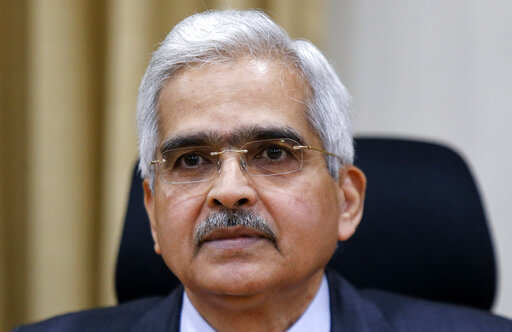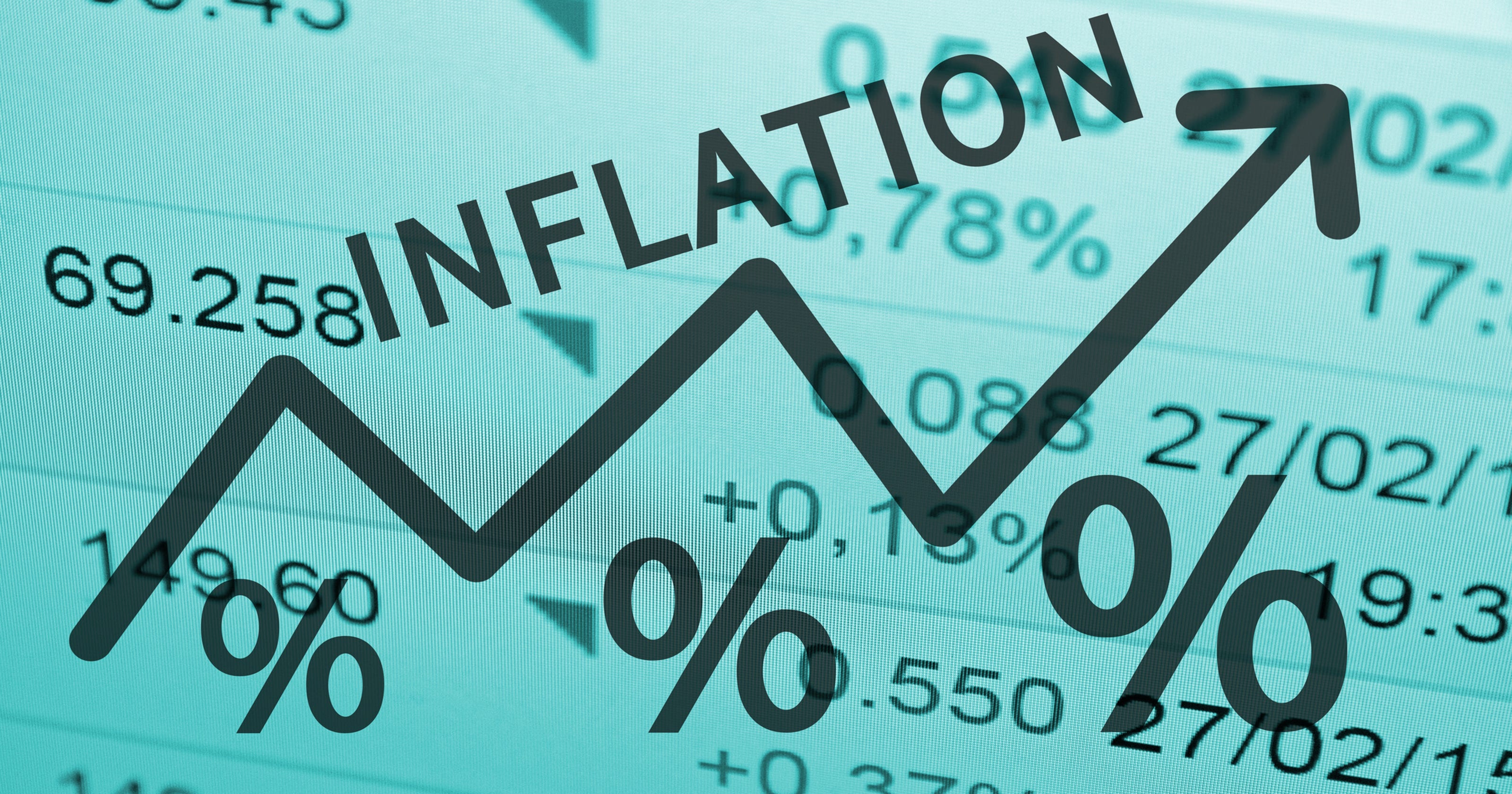Interest rates recently showed the latest data on growth, inflation, and currency volatility, according to Reserve Bank of India governor Shaktikanta Das, indicating that the worst for the financial markets and the world economy is behind us and that higher interest rates for a longer period are very likely in the future.

Recent data on growth, inflation, and currency volatility suggest that the worst for the financial markets is behind us because the economy is recovering from the impact of the pandemic, and stimulus measures are driving growth.
Additionally, the stock markets have been performing well and reaching new highs, indicating investor confidence in the economic recovery.
Furthermore, low interest rates and monetary policies by central banks have been supporting the financial markets.

However, it is important to note that the future is uncertain and there may be potential risks to the economic recovery, such as a resurgence of COVID-19 cases or unexpected events that could negatively impact the markets.
Inflation can have a significant impact on the financial markets and the global economy. When inflation is high, it can erode the purchasing power of consumers and businesses, leading to a decrease in demand and economic growth.
High inflation can also lead to uncertainty and instability in the financial markets, as investors and businesses may struggle to predict future price levels and adjust their investment decisions accordingly.
Currency volatility, or fluctuations in the value of a country’s currency, can also have a significant impact on the financial markets and the global economy.
Currency volatility can affect trade by making exports more expensive and imports cheaper, which can lead to trade imbalances and economic disruption.
Currency volatility can also make it more difficult for businesses and investors to operate internationally, as they may struggle to predict future exchange rates and manage currency risk.
The causes of inflation and currency volatility are complex and can include a variety of factors such as monetary policy, economic growth, political instability, and global events like natural disasters or pandemics.
However, the main cause of inflation is an increase in aggregate demand, which can be caused by factors such as increased government spending, rising wages, or increased borrowing by consumers and businesses.
Factors that can contribute to currency volatility include changes in interest rates, political events, and global economic conditions.
Despite projections for a significant decline in the global economy in 2023, he stated that “the worst, both in terms of growth and inflation, seems to be behind us.”
Das made this statement at the Primary Dealers Association of India (PDAI) and the Fixed Income Money Market and Derivatives Association of India (Fimmda) joint annual meeting on Friday in Dubai.
He mentioned that although inflation is still high, there have recently been some restrictions related to COVID that have been loosened.
The annual meeting of the Fixed Income Money Market and Derivatives Association of India (Fimmda) and the Primary Dealers Association of India (PDAI) is a forum where representatives from the fixed income, money market, and derivatives segments of the Indian financial markets gather to discuss the current state of the market and the future direction of the industry.
The meeting is typically attended by market participants such as primary dealers, banks, mutual funds, insurance companies, and other financial institutions.

During the meeting, participants discuss various topics such as the impact of monetary policy on the markets, market trends and developments, regulatory changes, and the role of technology in the financial markets.
The meeting also provides an opportunity for market participants to network and share best practices.
The meeting is usually organized by both associations, FIMMDA and PDAI, to promote and develop the Indian debt market and to suggest measures for its growth and stability.
Das added a caution during the meeting, pointing out that central bankers are simultaneously reiterating their commitment to bringing inflation down and toward their targets with a strong sense of urgency.
However, the likelihood of high policy rates persisting for a longer period appears to be increasing.
Forecasts currently point more toward a milder recession than the one that was anticipated a few months ago, which was expected to be more severe and widespread, in terms of growth.
On the domestic front, he asserted that, in this unfavorable and unsettling international environment, “our economy remains resilient” and draws strength from its macroeconomic fundamentals.
As he continued, “Our financial system is still dependable and secure.” Banks and businesses are better off than they were before the crisis. Double-digit growth is being seen in bank credit.
We are frequently regarded as a beacon of hope in an otherwise depressing world.
Although there has been a welcome softening in November and December, our inflation rate is still high. “But core inflation continues to be high and sticky.”
Das said of the domestic financial markets that “we have come a long way in building them” since the 1990s.
Das noted that “over the past ten years, the trajectory of our financial markets has been one of steady growth and stability.”

Increases in the variety of products, the percentage of non-residents in domestic markets, the convertibility of capital accounts, and our banks’ presence on international markets will all lead to greater difficulties.
Market participants must prepare for the risks and adjustments that come with globally integrated markets. To achieve the desired outcomes, financial institutions and market participants must advance the reform agenda, creating more vibrant and robust financial markets.
According to him, recent supply-chain shocks worldwide have shown that protectionism and deglobalization are rising on a global scale.
Therefore, it is essential to grow and strengthen bilateral economic partnerships to overcome these challenges.
The administration recently signed bilateral trade agreements with Australia and the United Arab Emirates as a result, and additional agreements of this nature are in the works.
He pointed out that the average current account deficit to GDP ratio in the first half of FY23 was 3.3 as a result of ongoing reforms.
He reportedly said, “Although slowing global demand is hurting our exports of goods, our exports of services and remittances are still robust.”
The trade deficit is partially offset by the large surplus in the net balance for services and remittances. “As a result, the current account deficit is very manageable and within viable limits.”
Also, read these articles.

